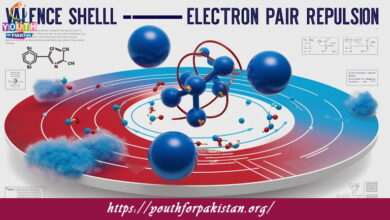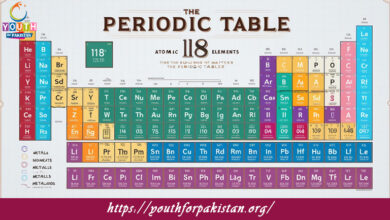Atomic Sizes MDCAT Quiz with Answers

Atomic Sizes MDCAT Quiz; periodic table and their relationship to the chemical properties of elements. Atomic size, or atomic radius, refers to the distance from the nucleus of an atom to the outermost electron shell. Understanding the factors that influence atomic size is crucial for answering questions in the MDCAT Quiz, where students must analyze trends in atomic properties across periods and groups.
H2: Factors Influencing Atomic Radius
This was influenced by various factors, which include the number of electron shells, nuclear charge, and the shielding effect. From left to right across a period, atomic size decreases as there is an increase in nuclear charge; this is because the greater the nuclear charge, the greater the pull of the nucleus on the electrons, hence causing the electrons to be pulled closer to the nucleus. On the other hand, when you go down a group in the periodic table, there is an increase in atomic size as a result of adding extra electron shells, which pushes the outer electrons farther from the nucleus, notwithstanding an increase in nuclear charge. There is also a shielding effect caused by the inner electron shells that reduces the effective nuclear charge felt by the outer electrons.
H3: Quiz on Atomic Sizes
The MDCAT Quiz on atomic sizes will test a student’s ability to identify trends in atomic radii across periods and groups. Students will also be tested to predict how atomic size would change based on the position of an element in the periodic table and what factors would cause that change. Questions might compare the atomic sizes of elements from different periods or groups and then give explanations for the trends. Giving this quiz a try is helping the students strengthen their grasp of atomic radii and get them prepared for questions of this sort on the actual MDCAT.
H3: Free Flashcard for Atomic Sizes
For efficient revision, MDCAT students can use the Free Flashcard for atomic sizes. These flashcards provide quick access to key concepts, such as the factors affecting atomic size, periodic trends, and the relationship between atomic size and other properties like ionization energy and electronegativity. Regularly reviewing the flashcards will help reinforce understanding and improve retention. By using these flashcards, students can quickly recall essential information and confidently apply it when answering atomic size-related questions on the MDCAT exam.

The atomic radius of an element is measured as the ________.
distance from nucleus to outermost electron

The reason for the increase in atomic size as you move down a group is due to ________.
additional electron shells
Experience the real exam environment with our expertly designed collection of over 25,000 MCQs MDCAT Mock Tests.





